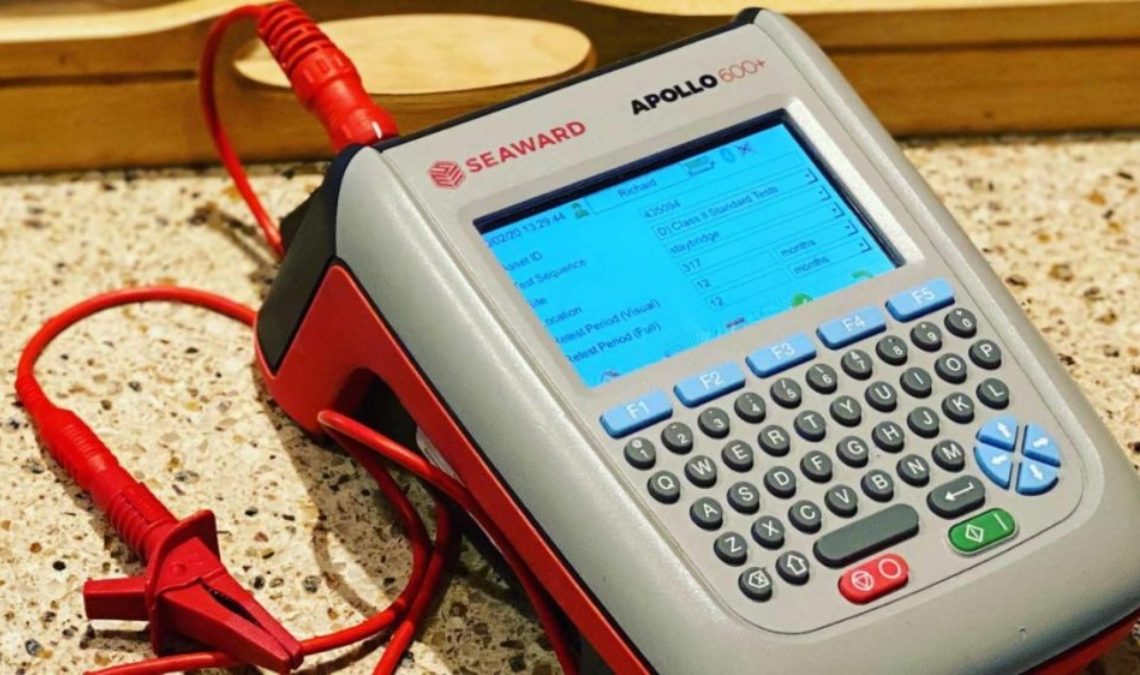
A portable appliance tester, also known as a PAT tester, is basically an electrical safety test device that tests appliances in which plug tops are fitted.
The basic idea behind this test is to make sure electrical safety parameters, i.e., earth insulation resistance, which is embedded by the manufacturers, don’t get compromised when the equipment is still in service.
PAT tester is available as a more advanced top-of-the-range model. Usually, an entry-level PAT tester is lightweight and small and can’t possibly auto record test results. The test results are displayed on the screen, and a test technician records them in a logbook.
A more advanced portable appliance tester, on the other hand, can automatically record results inside the tester’s firmware memory that is then transferred electronically to associated software PAT programs.
Which Are the Main Features?
- Battery power: Battery-powered testers can give you portability and make it simple to test difficult to access areas. Without this battery, you will have to look for main power constantly so as to do the testing, which is something not suitable for some areas.
- Leakage current: This is an important test on every appliance with micro switches or internal switches and needs the appliances to get energized. As not every portable appliance tester has this feature, you might want to consider it added, especially when you offer test and tag as one of the services you provide.
- Internal Memory: Having an internal memory feature means you can store all the test results onto the tester, which may allow you to upload the results to your PC through a supplied software program. This is basically a major-time-saving feature, which is recommended when it comes to high-volume testing.
- RCD testing: It is commonly regarded as a safety switch. Residual Current Device (RCD) needs regular testing. But this is not a standard functionality that comes with every tester. So that means this feature solely depends on whether you have the plans to test RCD.
What Needs to Get Tested?
Among portable appliances which require testing include all the appliances that use plug or flexible cable and socket. This basically means that if there are appliances, which have plugs connected to a generator or wall socket, they should also be PAT tested.
Equipment that should also get tested includes items like kettles, printers, monitors, PCs, electric drills, and bigger pieces of equipment, including vending machines and photocopiers.
Why Is Portable Appliance Testing Done?
A manufacturer or employer needs to show concern about safety as they do with legal systems. Liability is with business owners or employers to make sure electrical appliances accessible by the public or their employers are well-maintained.
The best to ascertain this electrical safety is through documentation, visual examination, and electrical testing. According to NFPA, electricity is known as one of the serious workplace hazards, exposing every employee to explosions, fires, burns, and electric shock. So the best way to prevent these workplace dangers is to have portable appliance testing done.
The Takeaway!
PAT testing remains among the effective ways of making sure that electrical equipment and appliances are all safe, especially in high-risk and complex environments. In countries like New Zealand, it is a moral obligation for employers or manufacturers to make sure all their electrical appliances are safe, and in this case, a PAT tester is a device that sees to it.


